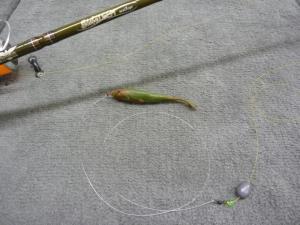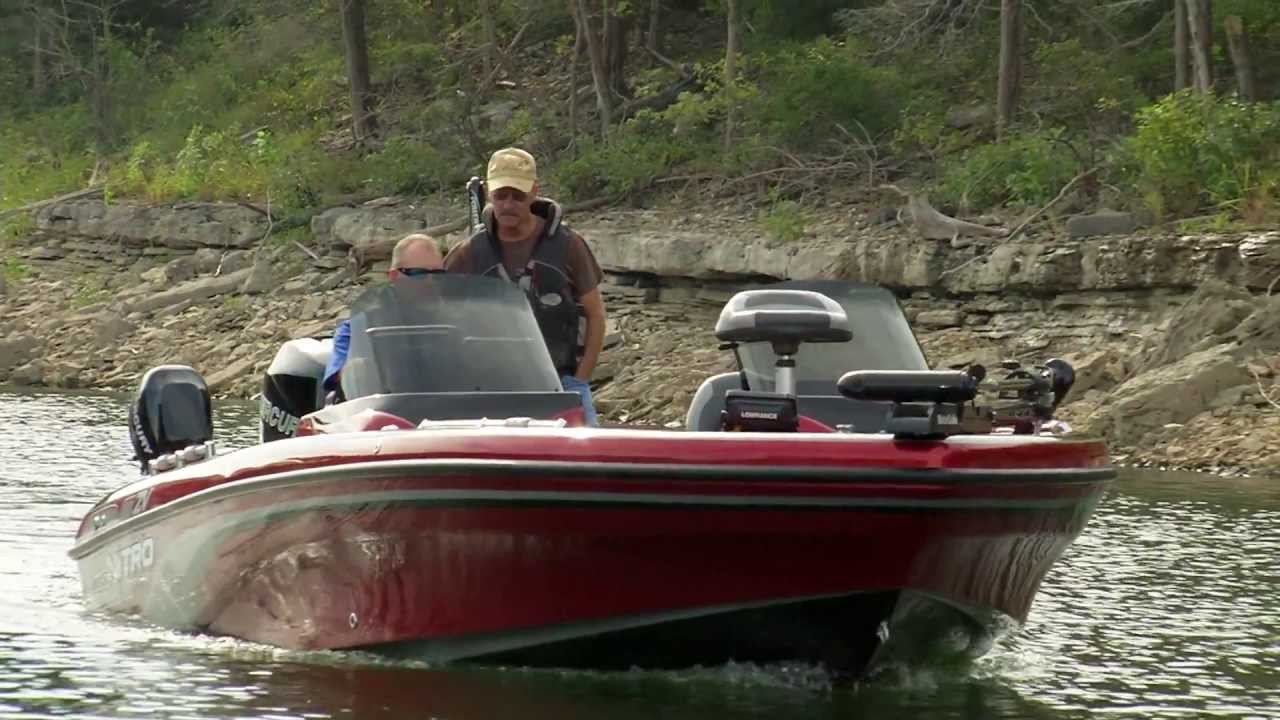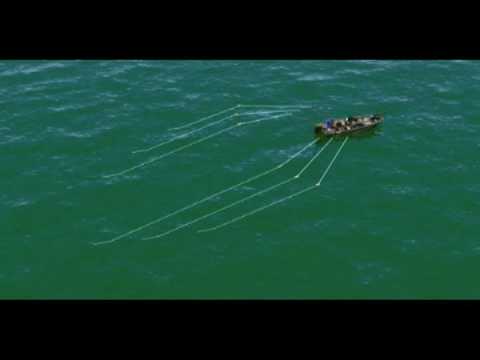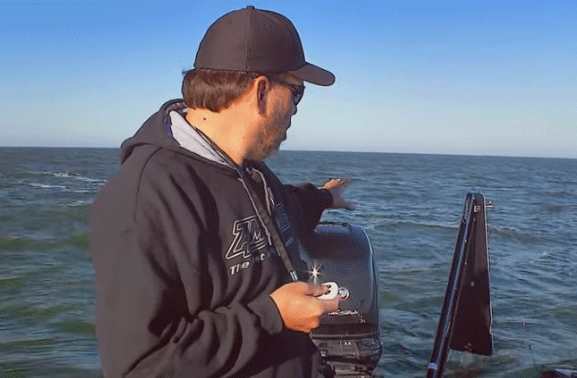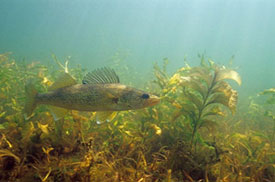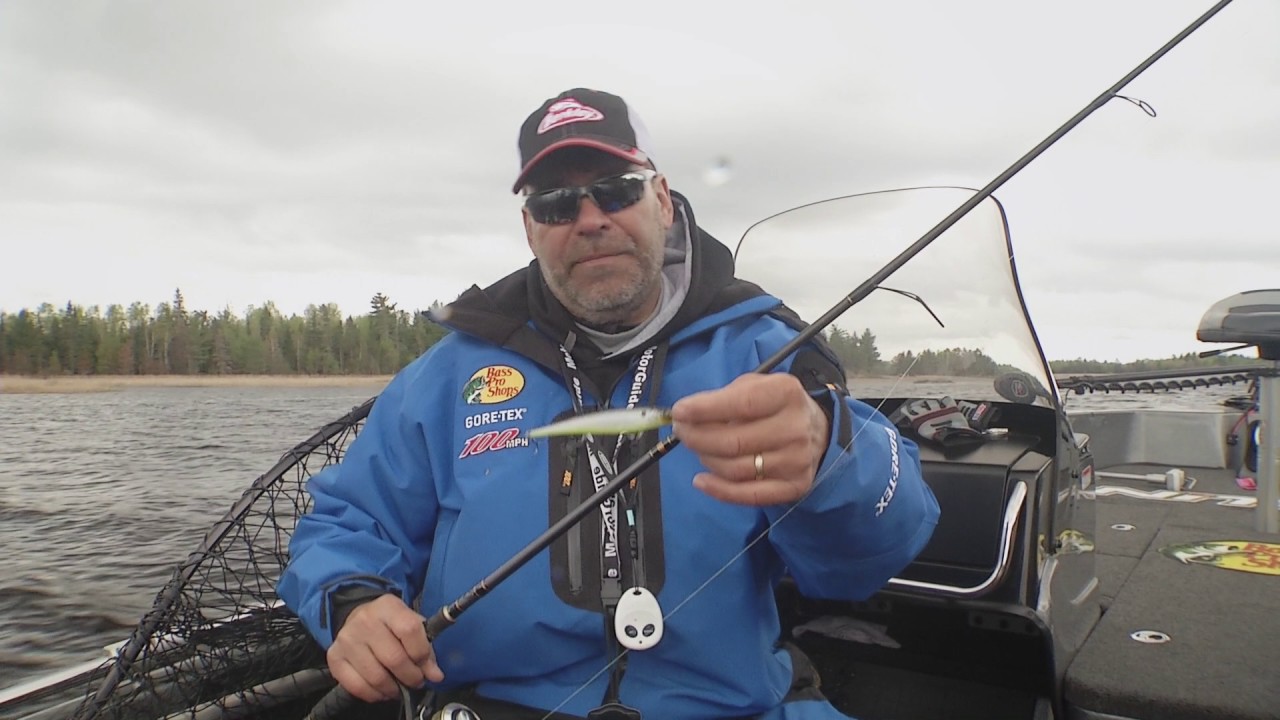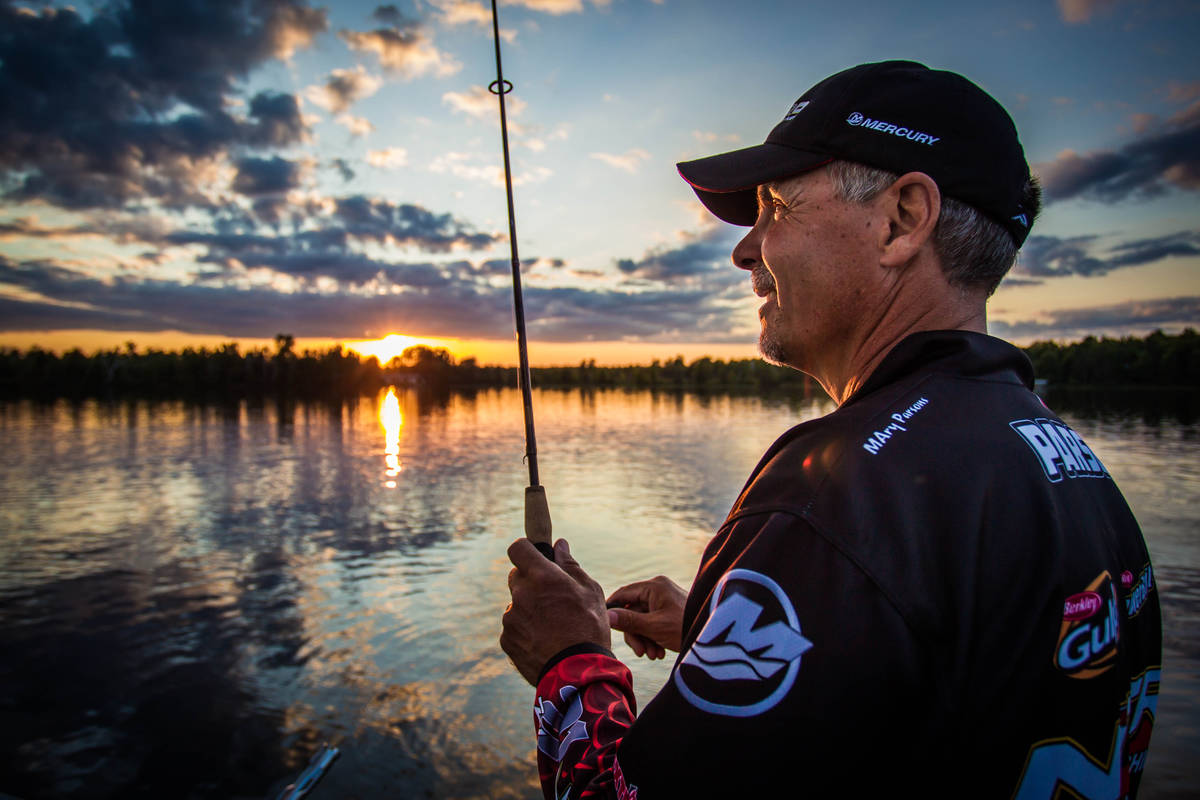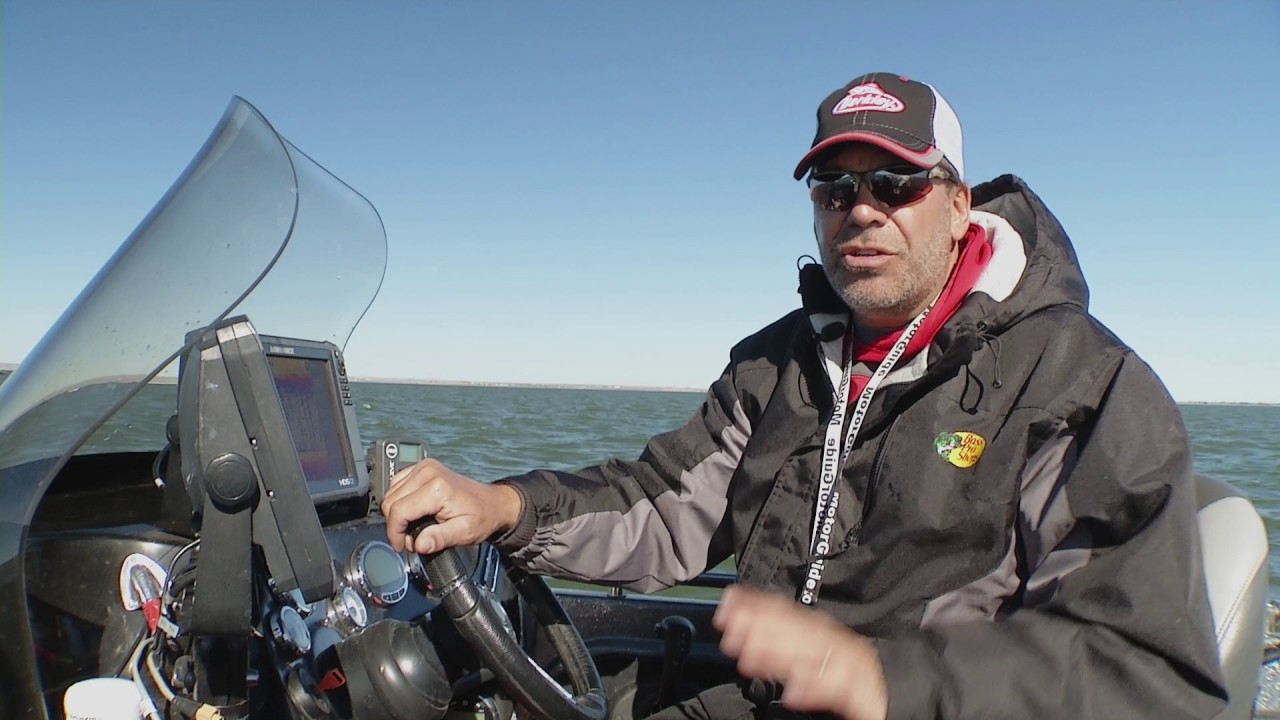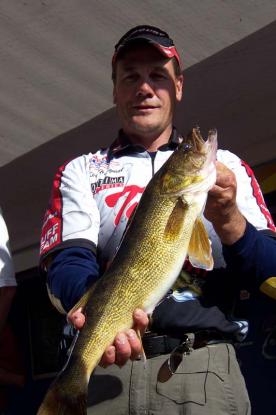
The time old tradition of live bait rigging has been a mainstay in the walleye world for years. It was the first presentation I used as a young angler. It has a lot of versatility based on basic components, can be fished shallow, deep, slow or fast. It can be fished in various conditions or on varying structures like gravel, mud, rocks or weeds to name a few. Bait used could be a leech, nightcrawler, minnows (big or small), all based on the mood and feeding preferences of the fish. There are however some basic set up considerations to follow, but then the sky is the limit.
When crankbaits and spinners fished at faster speeds are not working, it may be time to go to a slower presentation, hand to fish combat mode, slow down and tantalizingly dangle a bait in front of wary walleye.
Total Solutions Technique
While live bait rigging is typically used on lakes, it can also be used effectively on rivers and reservoirs. Use your sonar and GPS to locate key fish-holding areas. Speeds can vary from .2 to .9 typically, but could be as high as 1.5 mph. Keep your line at a 45 degree angle to the water surface, this gives the best control and feel. This is best accomplished by changing slip sinker weights in accordance to depth and speed that you’re moving. Typical set up is a 6’6” to 7’6” medium action, fast tip spinning rod, loaded with 6# to 8# test mono rigged with a slip sinker, barrel snap swivel, snell and a hook. The biggest variable of live bait rigging is the snell, the mood of the fish and location will dictate the snell set up. It can be as short as 2’ for snaggy conditions and fish holding tight to the bottom, up to as long as 12’ for highly pressured fish, this gives your bait offerings a very natural look. I will also use an added attractor such as a colored bead and or colored hook to gain the attention of a walleye. Hook sizes will vary from #4 or#6 for leeches and crawlers all the up to a 1/0 for large minnows. You might consider looking at using some of the new fine wire-wide gap hooks recently introduced as they are highly effective for this tactic.
For me, fishing this set up requires me to hold the rod, with the bail open and the line resting on the index finger of my hand that’s holding the rod and reel. This does two things; it allows me to detect the bite with my finger, and when a fish bites it allows me the ability quickly release the line allowing the fish time to take the bait, I will then close the bail, reel up the slack line, check to see if the fish is there, then I use a long sweeping hook set. The amount of time I allow the fish to take the bait depends on the mood of the fish and the size bait I’m using.
Total Solutions Equipment
For gear, use a rod with a sensitive feel to detect subtle bites with a moderate action that gives those big fish some room to fight. The Fenwick Elite Tech 7’2” Walleye rod features a medium action fast tip and is perfect for this application. Combined with an Abu Garcia ORRA Reel, this will give you a light, balanced combo that you can fish all day long.
I spool my reels with Berkley Trilene Sensation in 6 or 8 pound test line. Sensation features a thin diameter and sensitive feel that lets me detect subtle bites, and since it’s a mono, it also gives you some forgiveness when fighting those big fish. Use a Berkley Ball Bearing Cross-Loc Snap-Swivel on the end of the main line then attach the snell to that. For snells I like Berkley Trilene 100% Fluorocarbon – Professional Grade line in 4 to 6 pound test. This line gives me great abrasion resistance and is invisible under water to prevent detection.
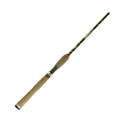
The Fenwick Elite Tech |
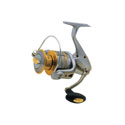
Abu Garcia ORRA Reel |
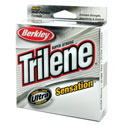
Berkley Trilene Sensation |
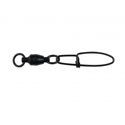
Berkley Ball Bearing Cross-Loc Snap-Swivel |
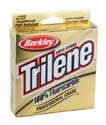
Berkley Trilene 100% Fluorocarbon - Professional Grade |

